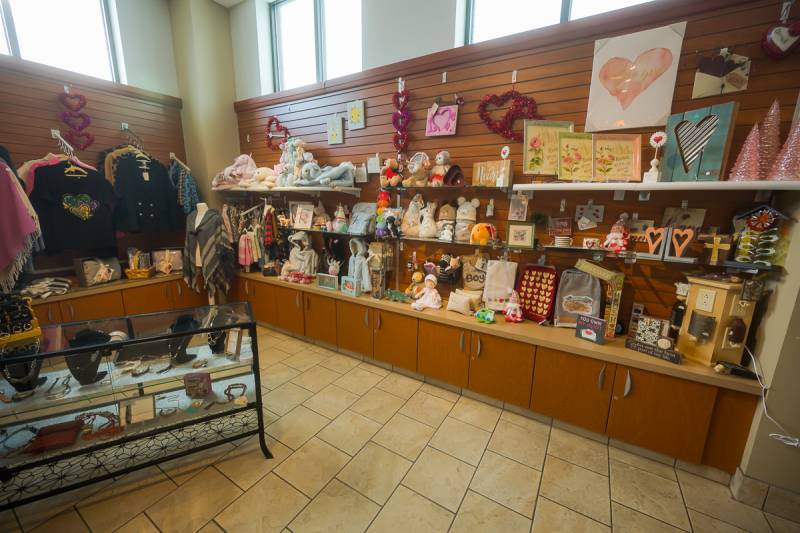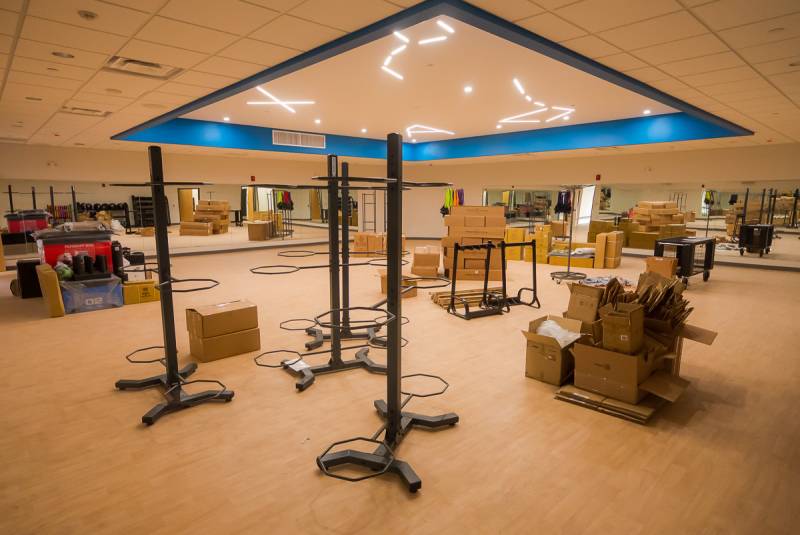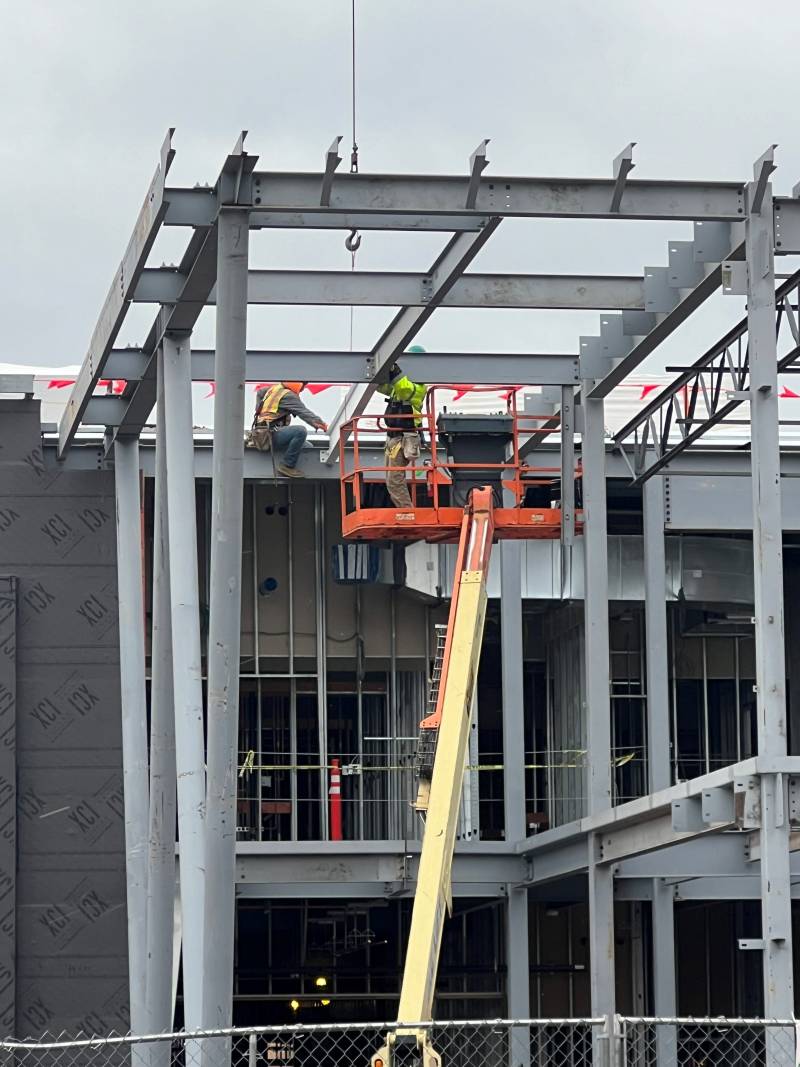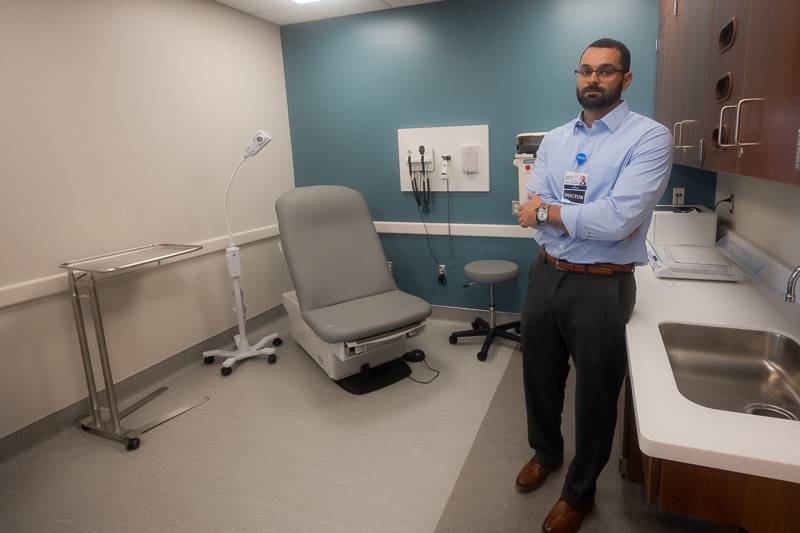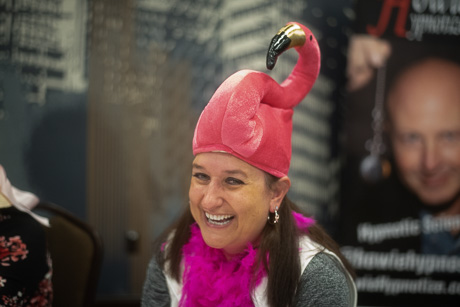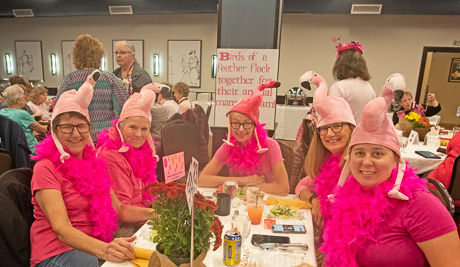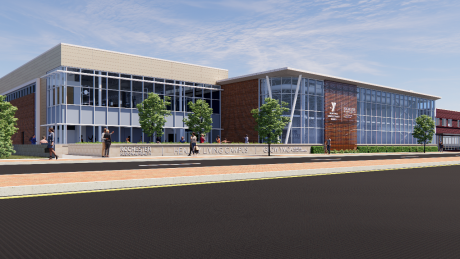From St. Jerome's to UMMC, this gift shop and volunteers are ready 'to be there for people'

Photo by Howard Owens
While it has grown over the years from a closet of cards and candy to a boutique of women’s resort wear, purses, florals, jewelry and much more, St. Jerome’s gift shop has endured several moves, raised lots of money to support the hospital and, maybe most importantly, been an unassuming solace for visitors.
“I was there today, and a lady came in … and I just listened. You just listen to them, because sometimes they just need to talk to somebody, and sometimes they need to smile and laugh. It's nice to be able to be there if somebody just needs a smile, maybe they've experienced something sad and maybe we can make them laugh,” St. Jerome Guild President Annette LaBarbera said to The Batavian. “We like to be there for people.”
The Guild, which celebrated its 100th birthday in October 2017, has nurtured and sustained the gift shop’s presence the last 50 years, no matter where it has landed in a series of moves over the years, LaBarbera said. The shop's latest setting is inside United Memorial Medical Center on North Street, Batavia.
Many locals can likely recall visiting someone at the hospital in those earlier days and picking up some candy, a greeting card or magazine for a friend or family member in a hospital room above. With the dawning of online shopping, there were many more choices, which made it more challenging to draw customers, she said.
Of course, there were enough obstacles since founders Rosalind “Roz” Pricola, Helen Krantz and Jane Wilson filled that small closet with goodies and set up shop on the first floor of St. Jerome’s Hospital on Bank Street. They worked very hard with Sister Gerard and were very proud of that accomplishment and offering to the community, said LaBarbera, who took over the shop with Joan Marchese about 20 years ago.
Its locations have also included downstairs.
Hospital leaders gave them “a huge gift shop” as part of a newly built emergency room wing near the cafeteria. At that point, it was filled with many more items to draw not only hospital visitors but women shoppers, LaBarbera said.
That wasn’t the last move for the Jerome Center Gift Shop. Genesee and St. Jerome hospitals merged on Jan. 1, 2000, and the gift shop went to the Growney Building for about 18 months before going back to the Jerome site, she said. Meanwhile, two years ago Guild members were asked if they could open a second gift shop to fill a void left when the North Street shop at UMMC closed. They obliged and operated a satellite shop.
Mind you, the shop had first been operating from 8 a.m. to closing — some 12 hours a day — fully dependent on volunteers, who were plentiful and willing to help out.
“We raised quite a bit of money. Women liked to shop,” she said. “It was fun to see how it progressed. We sold cards and candy, that was it. Now we have women’s clothing, jewelry we call The Jerome Collection, toiletries, a lot of floral, plaques, wine decanters, lots of home goods, ponchos, cruise wear, scarves, a little bit of everything. We try to carry things you don’t find in Batavia.”
As the years wore on, volunteers have become more scarce, and shop hours have had to be scaled down accordingly, she said. It just made better sense to move the whole operation over to North Street, she said. At least for now.
“We just moved everything over last week, in hopes that our next move is going to be the new building on 98, that they’re going to give us another gift shop,” she said. “People are welcome to volunteer; we’re looking for volunteers.”
The Guild’s other fundraising functions have included dinner dances, a Mother’s Day breakfast, Noel Nook Christmas sale, a spring fashion show, roast beef dinners, and basket raffles. They have raised money for a refrigerator to house COVID vaccines and to help boost women’s healthcare at the hospital’s maternity ward, as just two examples, LaBarbera said.
“The guild worked very hard to raise money for the hospital, and this was one more step to raising money,” she said of the gift shop.
For decades, the Guild’s members have selflessly given their time and energy, volunteering thousands of hours in service to others, Associate Chief Operating Officer Sonja Gonyea said. The impact of their work cannot be overstated—whether through fundraising, organizing events, or offering the perfect gift to patients and families, “the Guild has touched the lives of many,” Gonyea said in a message to the Rochester Regional Health team.
“The St. Jerome Guild has been a cornerstone of our community for over a century, offering immeasurable contributions to the healthcare landscape and the lives of countless individuals. Through their unwavering dedication, the Guild has not only supported local healthcare initiatives but has also fostered a spirit of volunteerism and compassion that has inspired generations,” she said. “We are deeply grateful for their decades of hard work, generosity, and tireless support. The St. Jerome Guild’s contributions are woven into the very fabric of our community.”
The gift shop is now at UMMC, 127 North St., Batavia. Gonyea invites the public to stop by and “join us … to express our thanks and support to the St. Jerome Guild for their service, dedication, and care.”
Hours are 9 a.m. to 3 p.m. Monday through Friday.
Photos by Howard Owens
